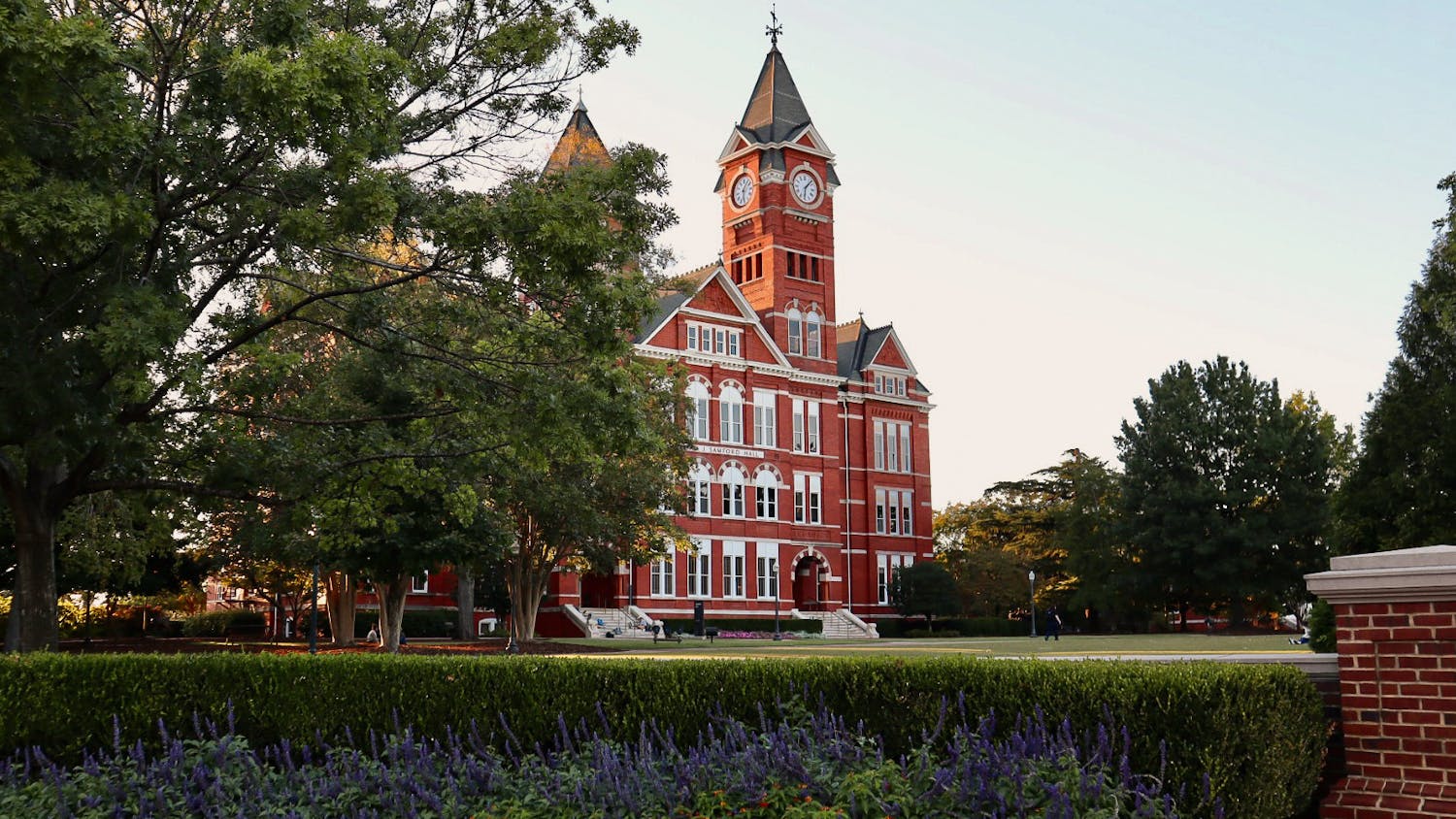Alabama is leading the South in healthcare coverage, according to the Auburn University Center for Governmental Services.
The report drew its statistics from U.S. Census data and said the rate of persons without health insurance in 2008 is 11.9 percent, which is also the lowest rate for Alabama this decade.
Don-Terry Veal, the director of the Center for Governmental Services, was encouraged by the numbers.
"The latest figures confirm that Alabama's diverse economic growth and policies are allowing employers and the government to work together to provide more Alabama residents with region-leading healthcare," Veal said.
Auburn University researchers found the state leads the South in percentages of the population having both private healthcare coverage and employment-based coverage.
At 68 percent, private healthcare plans are the most common in Alabama, although six of every 10 residents have employment-based health coverage.
The data also said 96 percent of children in Alabama have health insurance. This is the highest rate of coverage for any state, and the highest rate for Alabama in this decade.
"Our public opinion surveys find that Alabamians place a great deal of emphasis on family and children," said David Hill, the associate director of the Center for Governmental Services. "So it's likely that employers, workers, child-welfare advocates and lawmakers all are responding to this priority by ensuring that a high percentage of children get covered by some type of healthcare plan."
This is heavily attributed to ALL Kids, a SCHIP program.
ALL Kids, which began 12 years ago, has given government-subsidized insurance to children from families whose income is between the poverty line and double the poverty level.
From 1999 to 2001, 28 to 29 percent of children in Alabama were covered by a public plan. Under ALL Kids, this number has risen to 37 percent.
"If you look at the time series on this it's not a single sudden prioritization," Hill said. "It's been a slow steady process over the past 10 years."
The program has expanded to cover 300 percent of the poverty level as of Oct. 1.
Parents pay a fee for their children to participate in ALL Kids.
Parents who enter the program because of the expansion will pay $100 for each child covered every year.
There is a ceiling of $300 per family regardless of the number of children covered.
ALL Kids also works to educate doctors, schools, nurses and others about the changes so they can recommend it to parents.
Cathy Caldwell, the director of the Children's Health Insurance Program, encouraged parents to get assistance.
"If you have uninsured children, apply today," Caldwell said.
Auburn's county-by-county analysis found location has a significant effect on healthcare coverage.
Counties with a high amount of state employees have lower rates of uninsured.
Counties with higher percentages of poor and elderly covered by Medicaid and Medicare also have lower rates.
However, there are still more than half a million residents who are without health insurance, including 78,000 children.
ALL Kids Children Health Insurance is expanding to include a majority of the 78,000.
Although Alabama leads the South, Hill said it stands in the middle of the pack when compared to all 50 states.
In his study, Hill said he didn't see a significant difference between Republican and Democratic states when it came to healthcare coverage.
Do you like this story? The Plainsman doesn't accept money from tuition or student fees, and we don't charge a subscription fee. But you can donate to support The Plainsman.




